Luggie Aqueduct
Luggie Aqueduct
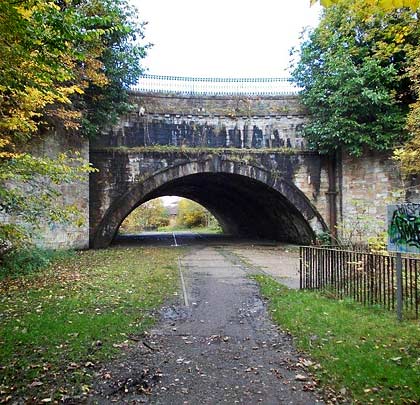
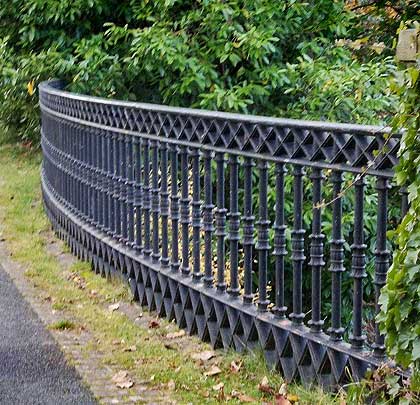
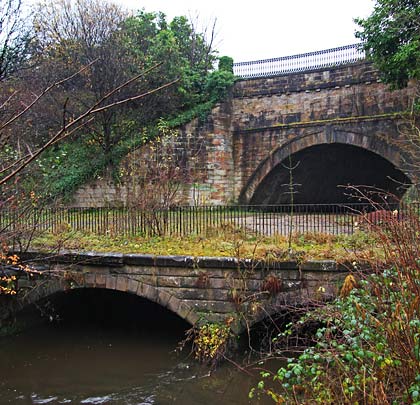
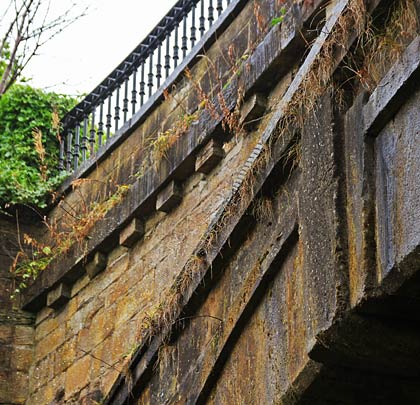
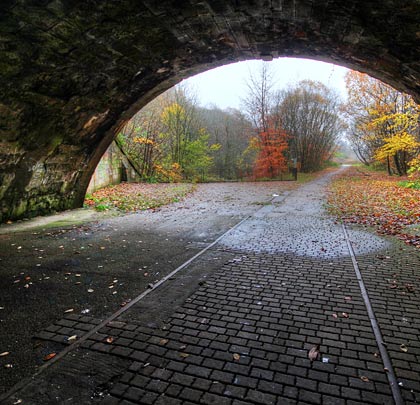
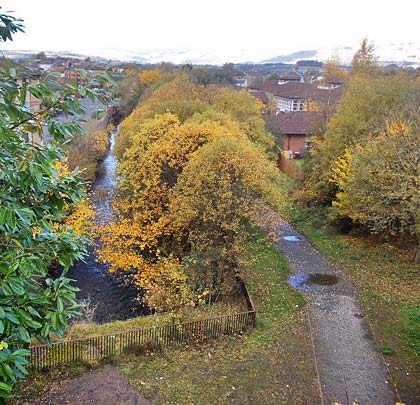
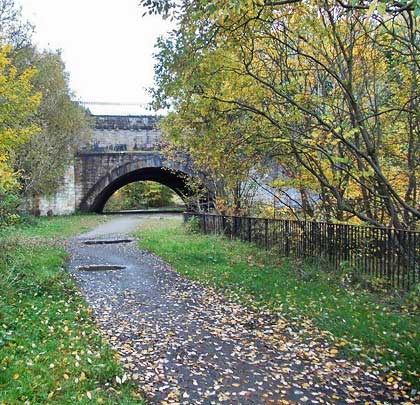
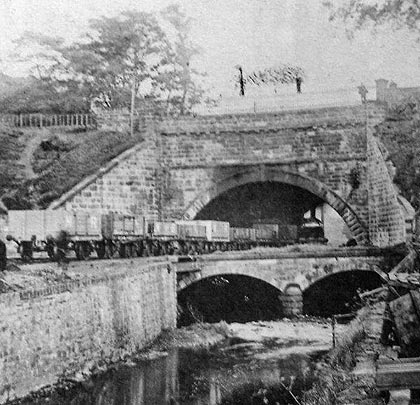








This imposing structure was originally constructed to carry the Forth & Clyde Canal over the Luggie Water in Kirkintilloch, to the north of Glasgow. Construction of the 35-mile waterway, which traverses central Scotland, started in 1668 using the design of engineer John Smeaton. It was opened from the River Forth at Grangemouth to nearby Hillhead in Kirkintilloch in 1773.
The aqueduct was built under the supervision of resident engineer Robert Mackrell by Falkirk contractors John Muir and William Gibb who later founded the company that became Sir Alexander Gibb & Partners. With its completion in 1775, a connection was provided into the heart of Glasgow. The final section of canal, linking to the River Clyde, suffered from a lack of funds and was not finished until 1790.
The ashlar masonry structure is 37.8m long by 27.4m wide and stands 15.2m high. The single arch, which has a span of 13.7m, was built in three stages using 9.1m wide curved timber formwork on rollers. The joints between the sections are almost invisible on the underside of the arch. Unusually for the British network, the canal is maintained at its full width across the aqueduct, allowing uninterrupted passage of vessels.
In 1848, the Edinburgh & Glasgow Railway opened its Campsie Branch from a junction near Lenzie to Lennoxtown, through Kirkintilloch. Engineers were able to take the line under the aqueduct by constructing a low twin-arched masonry culvert, approximately 63m in length, and diverting the river through it.
The branch was later extended by both the Blane Valley and Strathendrick & Aberfoyle railways, all three concerns being later absorbed by the North British Railway. The line beyond Kirkintilloch was closed to passengers in 1951. Passenger traffic from Lenzie to Kirkintilloch survived until 1964 and the line finally succumbed to complete closure in 1966.
The canal saw its last traffic in 1963 and the nearby Townhead bridge in Kirkintilloch was replaced by a piped culvert. As part of the millennium celebrations, funding was secured to reopen the canal. Pleasure craft can once again be seen passing overhead.
Sadly, there was no such funding for the railway and now the aqueduct, which was known as ‘The Unique Bridge’, crosses over the Strathkelvin Railway Path. An indication of its former usage is provided by rails embedded in the surface. These are about 2.5m apart and would appear to have served to retain the cobbles which formed the original path.
(Many thanks to Stewart Smith for the above information)







